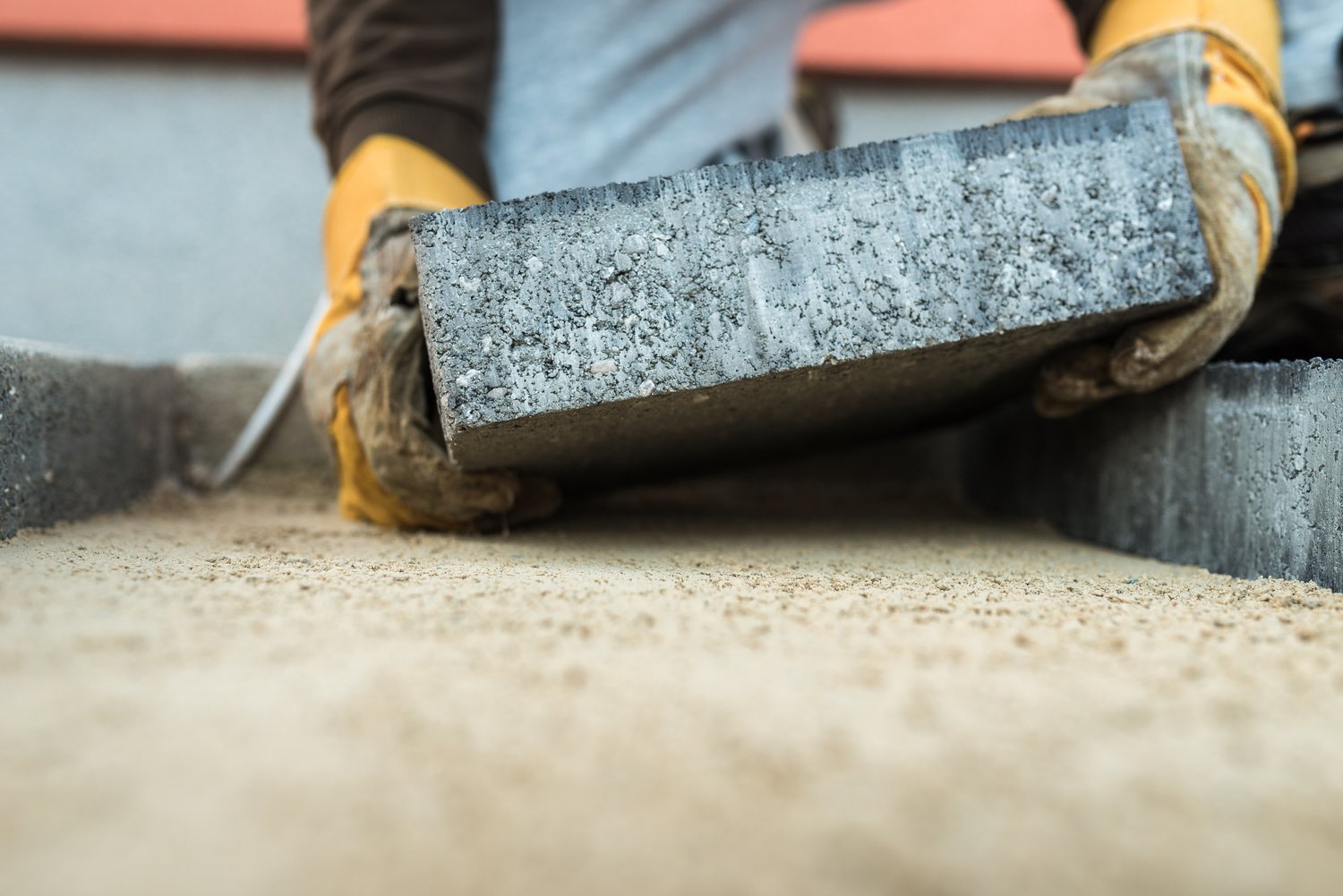Your home’s foundation is its literal base, providing structural integrity and stability to the entire building. Understanding the different types of foundations and their common issues can help homeowners make informed decisions about maintenance, repairs, and potential upgrades. This article explores the three main foundation types—basement, crawl space, and slab foundations—along with their respective pros, cons, and costs. Additionally, we’ll discuss common foundation problems like cracks, settlement, and water intrusion, along with signs to watch for and typical repair approaches.
Understanding Foundation Types
Foundations generally fall into three main categories, each with distinct characteristics suited to different climates, soil conditions, and homeowner needs. The right foundation type depends on your location, budget, and specific requirements for your home.
Basement foundations are fully excavated spaces beneath the home, typically with 8-foot ceilings and concrete walls. They provide valuable additional living or storage space, increasing your home’s usable square footage. While basement foundations offer excellent stability in cold climates where the frost line runs deep, they come with higher foundation types’ pros, cons, and cost considerations. A full basement typically costs between $18,000 and $30,000, making it the most expensive foundation option. The advantages include additional living space and potential for finishing into bedrooms, offices, or recreation areas. However, basements require more waterproofing maintenance and are susceptible to flooding and moisture issues if not properly sealed.
Crawl space foundations elevate the home 1-3 feet above ground level, creating an accessible space between the ground and the first floor. These foundations are popular in humid climates and areas with clay soil that expands and contracts. Crawl spaces typically cost $8,000 to $15,000 to construct, positioning them in the middle range for foundation types, pros, cons, and cost analysis. The benefits include easier access to plumbing and electrical systems for repairs, plus better insulation from ground temperatures. The downsides involve potential moisture issues, pest infestations, and the need for proper ventilation to prevent mold growth in the enclosed space. Homeowners with crawl spaces should inspect these areas regularly for water intrusion or pest activity.
Slab foundations consist of a flat concrete pad poured directly on the ground, typically 4-6 inches thick and reinforced with steel rods. As noted on AskHomey, slab foundations have become increasingly popular in warmer climates due to their cost-effectiveness and quick installation time. They typically cost $5,000 to $10,000, making them the most affordable foundation option. The advantages include faster construction time, better energy efficiency, and fewer moisture concerns. However, slab foundation issues often involve plumbing problems, as pipes are embedded within the concrete, making repairs more invasive and expensive. Additionally, slabs offer no storage space and can feel cold in the winter months.
Common Foundation Problems
All foundation types experience wear over time, but specific issues occur more frequently depending on the foundation style and local conditions. Recognizing common foundation problems, signs, and repair needs early can save homeowners significant money and prevent structural damage.
Foundation cracks represent one of the most visible signs of foundation issues. While hairline cracks are often everyday settling phenomena, cracks wider than 1/8 inch or those that appear suddenly warrant investigation. Vertical cracks typically indicate normal settling, while horizontal cracks may signal serious structural problems, especially in basement walls. The basement crack repair cost varies widely based on severity—minor cracks might cost $300-$600 to repair, while significant structural issues can exceed $10,000. Prompt attention to cracks can prevent water infiltration and further structural damage.
Settlement occurs when soil beneath the foundation shifts, causing portions of the house to sink. Signs include uneven floors, doors that won’t close properly, and cracks that widen at the top. Settlement issues require professional evaluation to determine whether the problem is ongoing or has stabilized. Remedies may include installing piers or piles to stabilize the foundation, with costs ranging from $1,000 to $3,000 per pier. The total expense depends on the size and accessibility of the affected area.
Water intrusion represents another serious foundation concern across all foundation types. Poor drainage around the foundation can lead to hydrostatic pressure that forces water through the concrete. Water damage signs include efflorescence (white mineral deposits), musty odors, mold growth, and damp spots. Addressing drainage issues through proper grading, gutter maintenance, and installing drain systems typically costs $2,000-$6,000 but prevents far more expensive structural damage. In areas with high water tables, sump pumps may be necessary additions.
Slab foundation issues often manifest as uneven floors, cracks in ceramic tiles, or separation between walls and floors. These problems frequently stem from soil movement beneath the concrete pad, especially in areas with expansive clay soils. Correction methods include slabjacking (injecting material under the slab) or installing piers, with costs ranging from $2,000 to $8,000 depending on the extent of damage.
For more tips and to connect with reliable home service professionals, follow AskHomey on Facebook and Instagram.



